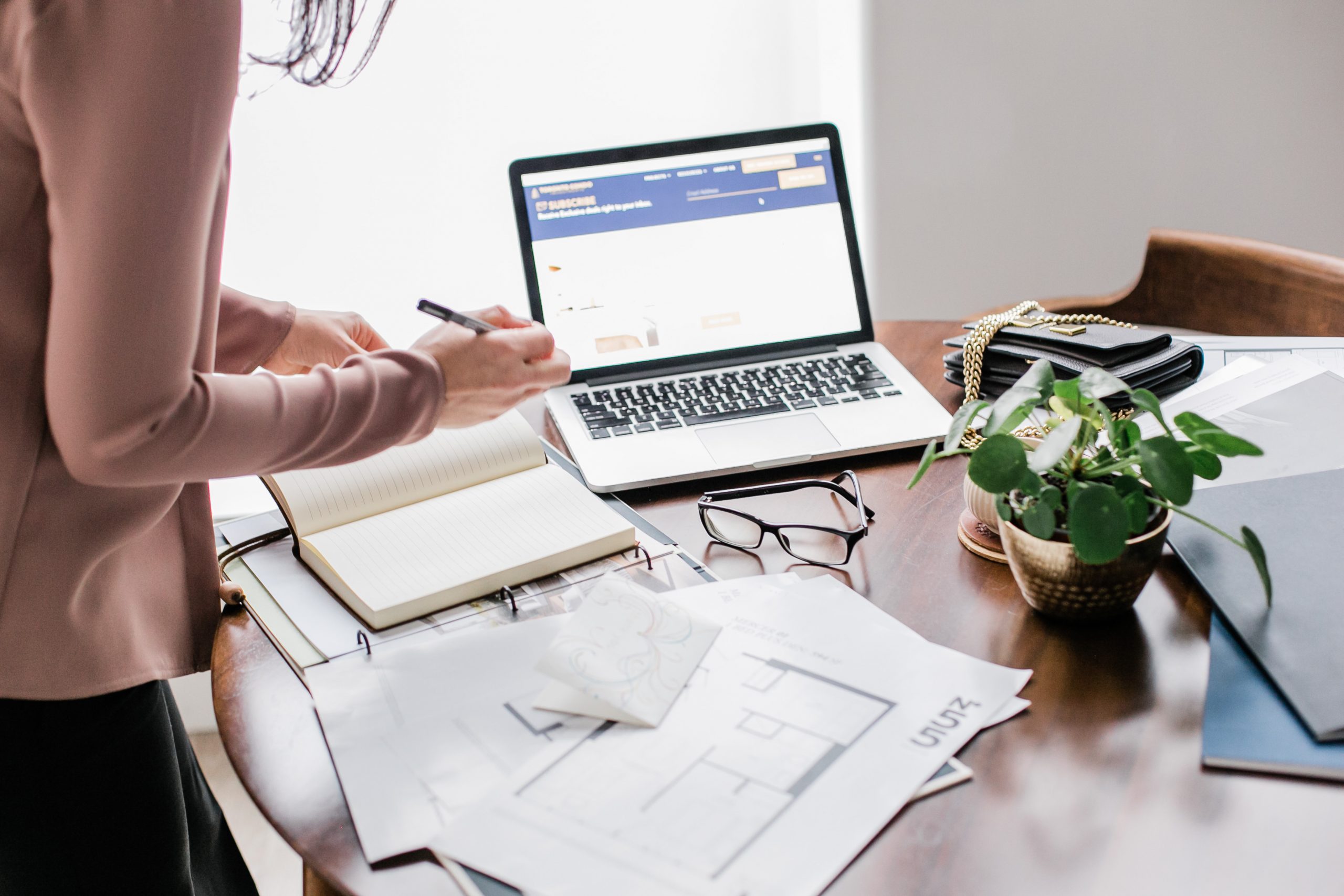What is a Down Payment?
Not many of us hopeful home buyers (first-time buyers and others) have significant savings to buy a home outright without a mortgage. Most of us, rely on our banking institutions for assistance with financial loans.
The down payment is the portion of the purchase price you provide yourself (not from the.bank) – this could be from various sources. The remaining balance is comes from a financial institution in the form of a mortgage loan.
When purchasing your first home, one of the most important decisions you will make is the size of your down payment. The amount of the down payment (which represents your financial stake or the equity in your new home) should be determined before you start shopping for your new home.
An important thing to note is that the larger the down payment is, the less your home will cost in the long run. This is because with a smaller mortgage, interest costs will be lower, and over time this will add up to significant savings.
5 Common Sources of Down Payment
#1. Personal Savings and Assets
This is generally the number one source of funds for homebuyers, using their personal savings for their down payment. These savings are often the result of many years of hard work, financial discipline and lots of understated sacrifice.
Small amounts of savings here and there over the years add up: savings accounts, dividends, a savings bond that’s matured, a holiday or annual bonus from work or even an income tax refund. Sometimes people decide to sell some of your personal possessions to raise money as well.
Save Smart Rather than just saving your cash in any regular low-interest savings account, consider alternatives. The Tax-Free Savings Account (TFSA) is an excellent solution. With any cash you put in your TFSA is automatically exempt from income tax. In a TFSA, there is no tax on annual earnings and no tax on withdrawal. Contribute up to $5,500 a year, and if you contribute less than this, you can carry forward any unused contribution room in case you want to contribute more next year.
This is amazing since you’re able to put cash aside each month completely tax free – and who doesn’t like free?
Automatic Savings Plan: If you won’t be buying for several years, it’s a good idea to open a savings account deviated to your home ownership goals. Start a continuous savings plan, where you arrange for a certain amount of money to be withdrawn from your chequing account and deposited into a savings account automatically on a regular basis.
High Interest Savings Accounts are also worth looking into, and there are many options available. Often linked to your bank account directly, they make it easier and quicker to access your money when you need it compared to automatic investment plans and bonds.
Pro Tip: Large deposits made into your account will have to be explained and the source of funds divulged. This could be from the sale of a car, a work bonus, etc. Be sure to have supporting documentation on hand.
#2. Your RRSP
Funds from your RRSP can be usedbut unless you are using your Home Buyer’s Plan (available only to first time home buyers), you will need to pay withholding taxes when you take the funds out.
If you have a Registered Retirement Savings Plan (RRSP), you can withdraw from your RRSP (it’s not considered a loan as no interest is charged) to buy or build your first home under the Canada Revenue Agency (CRA) Home Buyers’ Plan (HBP).
There have been recent changes to the The Home Buyers’ Plan (HBP) program. The HBP allows eligible first-time homebuyers to withdraw up to $35,000 tax-free from their RRSP (for withdrawals made after March 2019. Withdrawals made before March 2019 could not exceed $25,000), to be used towards a down payment on the purchase of the home.
You can take advantage of the tax deductions that RRSP contributions provide while saving for a down payment on your home. Then, you can withdraw the funds tax-free and use them towards a home. This can add a huge chunk to your savings, and if you’re a couple planning to buy a home together, you can both withdraw – that’s substantial!
This may sound awesome (and it kind of is) but don’t forget as with most good things, there’s a little catch — you’ll need to pay the money back at a later date.
The withdrawal is paid back in equal instalments over 15 years, beginning the second year after the withdrawal. You’ll be notified by the CRA when you need to begin repayments.
Pro tip: Be sure to include the repayment amount in your budget because if you miss an instalment or underpay, that amount will be added to your taxable income for the year.
#3. Gifted Funds and Family
Also known as the Bank of Mom and Dad. This is a popular option for many first time home buyers especially in Toronto as the home prices have increase rapidly over the years making home ownership challenging for first time home buyers.
Your immediate relatives can gift you money for your down payment. But there are certain rules to follow when accepting money from family.
Lenders will require a signed gift letter from the immediate family member who is contributing the funds. You’ll also need proof of the transfer into your bank account, in the form of bank statements documenting the money being moved from the donor’s account and into yours.
For money received from overseas, lenders require copies of the wire transfer, and may ask for additional account history, such as statements of the foreign account(s).
Pro Tip: A gifted down payment from a family member is just as the name suggests—a gift. There must be no expectation of the money being paid back, otherwise that would be considered a loan.
#4. Proceeds from a home sale
For existing home owners, they have an additional source of down payment funds: their existing home. If you are selling your home in order to buy a new one, the equity (what’s left after you pay back the mortgage and all other expenses) is available to be used as down payment. If you are selling your home in order to buy a new one, the equity (what’s left after you pay back the mortgage and all other expenses) is available to be used as down payment. This is possible when you are able sell your home prior to buying your next home.
Homebuyers who have lived in strong housing markets like Toronto often find that their homes have increased in value by hundreds of thousands of dollars. This amounts to a significant sized down payment.
Pro tip: Lenders will want documentation proving what proceeds came from your home sale, such as a statement of adjustments from the lawyer and/ or the signed sale agreement.
#5. First Time Home Buyer Incentive
Launched recently in September 2019, this program helps Canadian first time home buyers 5 or 10% of the home’s purchase price to put toward a down payment. The First-Time Home Buyer Incentive is a shared-equity mortgage with the Government of Canada. This addition to the down payment lowers the home. buyers mortgage carrying costs, making homeownership more affordable.
It is important to make sure you have funds available for the required downpayment before you start looking.
Is homeownership one of your goals? We can help with that! Connect with our team and let’s get started.
We have some blog posts that can help with your homeownership journey:
Is Condo Living for You?
5 Tips for Starting your Pre-construction Condo Search
Government Assistance Programs to help Homebuyers




